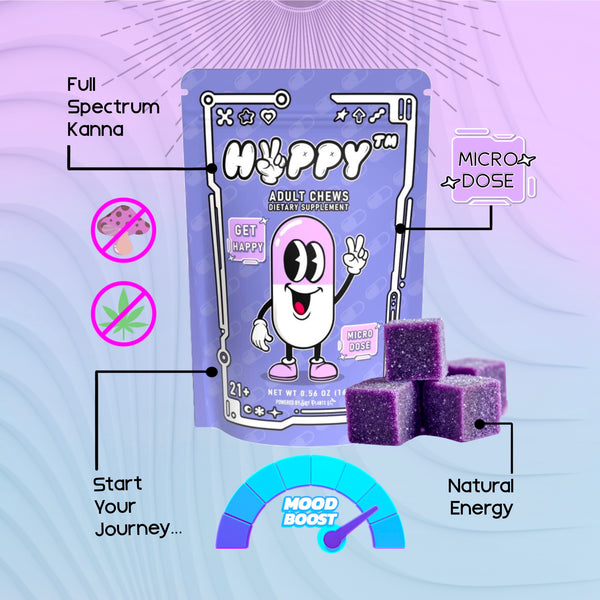The rich cultural tapestry of South Africa is woven with various traditional practices, many of which revolve around the use of natural plants for medicinal and spiritual purposes. One such remarkable plant is Kanna (Sceletium tortuosum), a succulent that has been integral to the lives of indigenous peoples for centuries. In this blog post, we will explore the historical and contemporary uses of Kanna, particularly focusing on its introduction to children via breastfeeding, its ceremonial significance, and its daily use as an energy booster.
Introduction to Kanna Through Breastfeeding
In the traditional societies of South Africa, the wisdom of plant-based medicine is often passed down through generations. For the indigenous Khoisan people, Kanna holds a special place in their medicinal repertoire. One fascinating practice involves the introduction of Kanna to children through breastfeeding.
Mothers would chew the Kanna leaves, and the alkaloids present in the plant would be absorbed into their system. Through breastfeeding, the beneficial compounds would then be passed on to the infant. This practice was believed to help soothe and calm the baby, promoting a sense of well-being from a very early age. It underscores the deep understanding the Khoisan had of Kanna's calming and mood-enhancing properties, ensuring that even the youngest members of their community could benefit from the plant.
Ceremonial Uses of Kanna
Kanna has long been revered for its psychoactive and spiritual properties, playing a central role in various ceremonies. Indigenous healers and shamans often used Kanna in rituals aimed at connecting with the spiritual realm, healing, and community bonding.
During these ceremonies, Kanna was typically chewed or brewed into a tea. Participants would gather, often around a fire, and partake in the ritualistic consumption of the plant. The effects of Kanna, which include enhanced mood, reduced anxiety, and heightened spiritual awareness, facilitated a deep sense of connection among the participants and with their ancestors.
These ceremonies were not just about spiritual enlightenment but also about maintaining social cohesion and transmitting cultural knowledge. The communal experience of Kanna helped to reinforce the shared values and beliefs of the community, creating a strong sense of unity and purpose.
Daily Use of Kanna for Energy and Focus
Beyond its ceremonial and medicinal uses, Kanna was also a staple in the daily lives of the indigenous peoples of South Africa. The plant was valued for its ability to enhance energy, focus, and mood, making it an ideal companion for those engaging in physically demanding or monotonous tasks.
Farmers, hunters, and gatherers would chew Kanna leaves or roots to stave off hunger, reduce fatigue, and maintain mental clarity throughout the day. The stimulating properties of Kanna helped to boost their endurance and resilience, enabling them to perform their tasks more efficiently and effectively.
In contemporary times, the use of Kanna has evolved but still retains its essence. People seeking natural ways to enhance their energy and focus have turned to Kanna, appreciating its multifaceted benefits. Products like HIGHDration packs and HVPPY™ chews, infused with Kanna and caffeine, echo this traditional use, offering a modern twist on an age-old practice.
Conclusion
The use of Kanna by the indigenous peoples of South Africa is a testament to their deep-rooted knowledge and respect for the natural world. From introducing infants to its calming effects via breastfeeding to its role in sacred ceremonies and daily life, Kanna has been a cornerstone of their cultural heritage. As we continue to explore and understand the potential of Kanna, we can draw inspiration from these traditional practices, integrating this powerful plant into our lives in meaningful and respectful ways.
By embracing the wisdom of the past, we not only honor the cultural legacy of the Khoisan people but also open new doors to well-being and vitality in our modern world.






